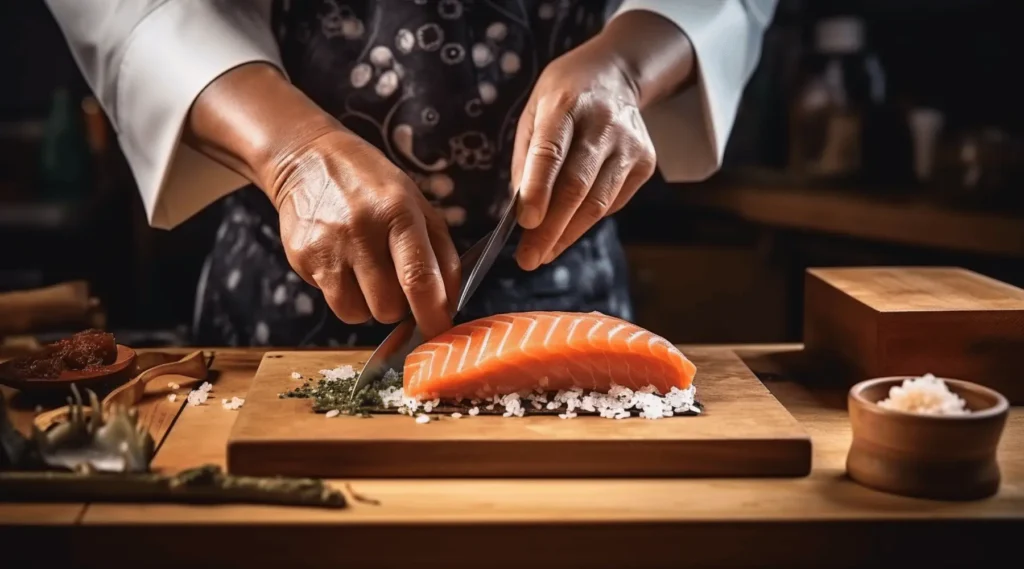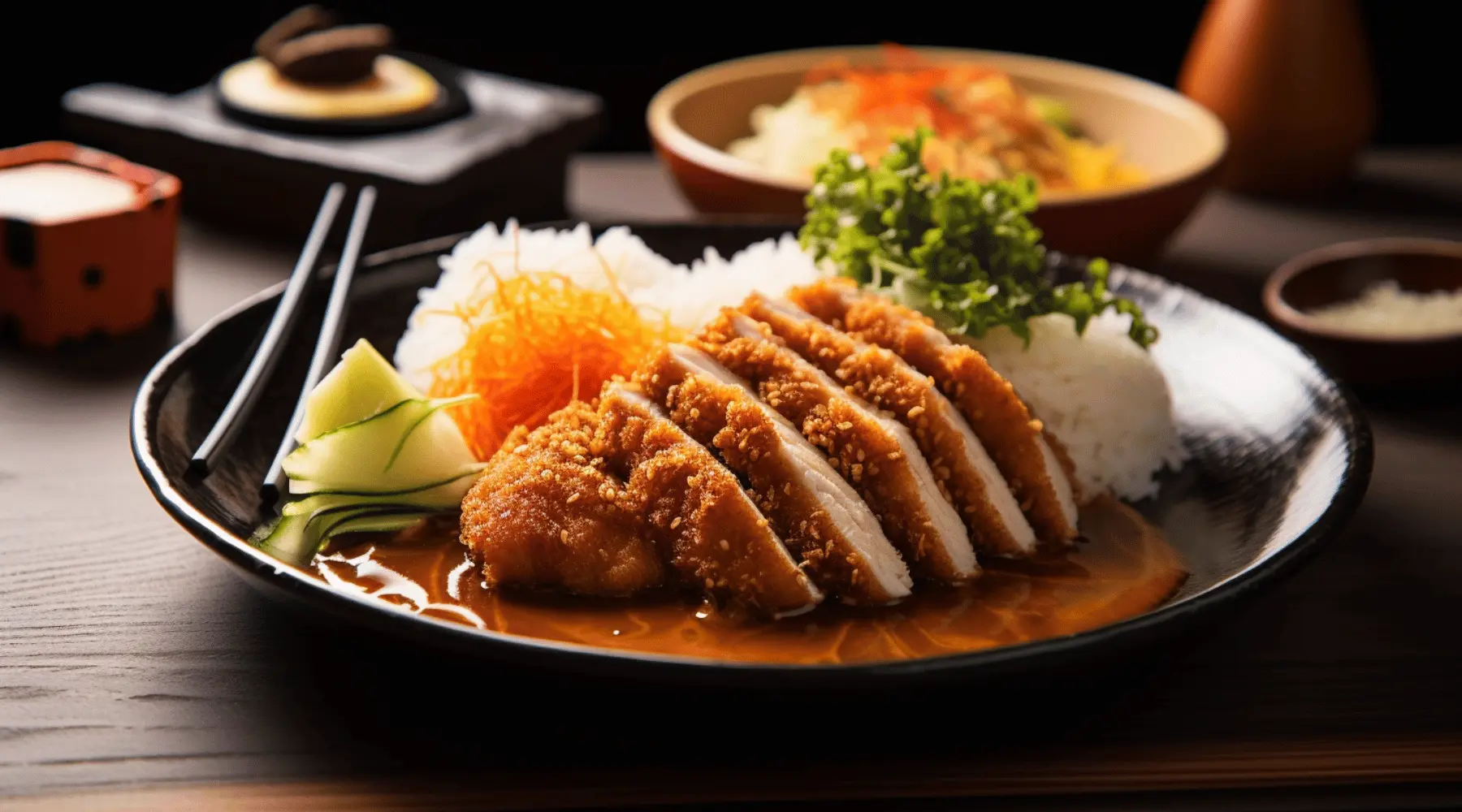How Japanese Culture Influences Its Culinary Arts
Japan’s culinary arts are a reflection of the country’s rich cultural heritage, deeply intertwined with its traditions, values, and aesthetics. Japanese cuisine, known for its emphasis on balance, precision, and the use of fresh, seasonal ingredients, is more than just food—it’s an expression of the Japanese way of life. This post explores how Japanese culture influences its culinary arts, shaping the flavors, techniques, and presentation that define this world-renowned cuisine.
1. The Importance of Tradition in Japanese Cuisine
Japanese culinary arts are steeped in tradition, with many recipes and techniques passed down through generations.
- Washoku: Washoku, which means “Japanese food,” is a culinary tradition that was recognized by UNESCO as an Intangible Cultural Heritage. Washoku is characterized by its emphasis on seasonal ingredients, the harmonious balance of flavors, and the aesthetic presentation of dishes. This traditional approach to cooking reflects the deep respect for nature and the changing seasons that is central to Japanese culture.
- Kaiseki: Kaiseki is a traditional multi-course meal that embodies the essence of Japanese culinary philosophy. Originally developed as a meal served during tea ceremonies, kaiseki has evolved into a sophisticated dining experience where each course is meticulously prepared and presented to highlight the natural flavors of the ingredients. The precision and care involved in kaiseki reflect the Japanese cultural value of omotenashi, or wholehearted hospitality.
2. The Role of Aesthetics and Presentation

In Japan, the visual appeal of food is just as important as its taste. The presentation of a dish is a crucial aspect of Japanese culinary arts, influenced by cultural values that emphasize beauty, simplicity, and harmony.
- Artistic Plating: Japanese chefs are known for their artistic approach to plating, where the arrangement of food is carefully considered to create a visually pleasing and balanced composition. This practice is rooted in the cultural appreciation for wabi-sabi, the concept of finding beauty in imperfection and simplicity. Dishes are often presented on handcrafted pottery or lacquerware, with attention to the colors, shapes, and textures that create a harmonious whole.
- Seasonal Aesthetics: The presentation of Japanese food often reflects the seasons, with ingredients chosen not only for their flavor but also for their connection to the time of year. For example, in spring, dishes may be garnished with cherry blossom petals, while autumn meals might feature leaves or root vegetables. This seasonal approach is a reflection of shun, the Japanese practice of enjoying food at the peak of its freshness and flavor.
3. The Cultural Significance of Seasonal Ingredients
Seasonality is a cornerstone of Japanese cuisine, reflecting the deep connection between food and nature in Japanese culture.
- Shun (Seasonality): The concept of shun is central to Japanese cooking. It refers to the idea of using ingredients at the height of their season when they are freshest and most flavorful. This practice not only ensures the best possible taste but also aligns with the cultural value of living in harmony with nature. Seasonal ingredients are celebrated in Japanese cuisine, with menus often changing to reflect the time of year.
- Festive Foods: Seasonal ingredients are also featured in traditional Japanese festivals and celebrations. For example, osechi ryori is a special set of dishes prepared for the New Year, each ingredient symbolizing good fortune and prosperity for the coming year. The cultural importance of these festive foods highlights the role of culinary arts in preserving and celebrating Japanese traditions.
4. The Influence of Religion and Philosophy
Japanese culinary arts have been shaped by the country’s religious and philosophical traditions, particularly Shintoism and Buddhism.
- Shinto and Food Purity: Shintoism, Japan’s indigenous religion, places great emphasis on purity and the sacredness of food. This belief is reflected in the practice of offering food to the kami (gods) during Shinto rituals. Additionally, the use of clean, fresh ingredients and the careful preparation of food are seen as acts of respect and reverence for the natural world.
- Buddhism and Shojin Ryori: Buddhism, introduced to Japan in the 6th century, also greatly influenced Japanese cuisine, particularly in the development of shojin ryori, a type of vegetarian cooking practiced by Buddhist monks. Shojin ryori is based on the principles of simplicity and mindfulness, using plant-based ingredients to create balanced, nourishing meals. This philosophy of mindful eating and respect for all living things continues to influence Japanese culinary practices today.
5. Umami: The Fifth Taste and Its Cultural Roots
One of the most significant contributions of Japanese cuisine to the world is the discovery of umami, the so-called “fifth taste.”
- Discovery of Umami: Umami, a savory taste that enhances the flavor of food, was first identified by Japanese scientist Kikunae Ikeda in 1908. He found that the taste was linked to the presence of glutamate in foods like seaweed, soy sauce, and fish. The discovery of umami has had a profound impact on global cuisine, but it remains a key element of Japanese cooking, where it is used to bring depth and richness to dishes.
- Umami in Japanese Cooking: In Japan, umami is celebrated in many traditional foods, such as miso soup, dashi (a stock made from seaweed and bonito flakes), and fermented products like soy sauce and pickles. The pursuit of umami-rich flavors reflects the Japanese culinary philosophy of enhancing natural tastes rather than masking them, and it plays a crucial role in the overall balance of a dish.
Conclusion
Japanese culinary arts are a reflection of the country’s deep cultural values, traditions, and philosophies. From the meticulous preparation and presentation of dishes to the celebration of seasonal ingredients, Japanese cuisine embodies a harmonious balance between nature, aesthetics, and flavor. By understanding how culture influences Japanese culinary practices, we gain a deeper appreciation for the artistry and thoughtfulness that go into every meal, making Japanese food not just a source of nourishment, but a profound cultural experience.



